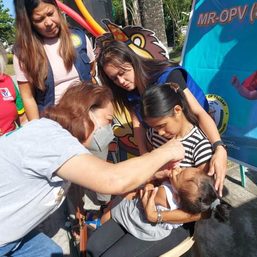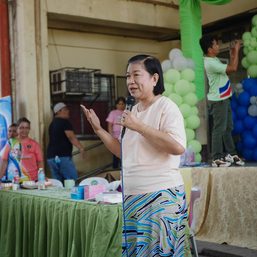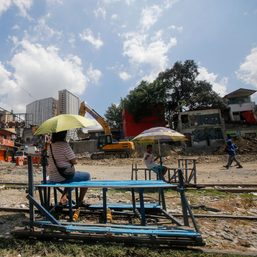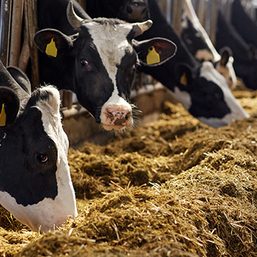SUMMARY
This is AI generated summarization, which may have errors. For context, always refer to the full article.

The Department of Health (DOH) said that the “mass recovery adjustment” of COVID-19 patients on Thursday, July 30, was based on scientific evidence after the agency reported a record-high 38,075 recovered patients.
That “mass recovery adjustment” touched off a firestorm of public criticism.
In a virtual press briefing on Friday morning, July 31, Health Undersecretary Maria Rosario Vergeire was asked about the basis for “assuming” that asymptomatic patients are considered recovered after 14 days.
“Let us not call it as an assumption. This is not an assumption anymore. This is based on scientific evidence and experts across the globe are already backing this up and now being implemented in different countries,” Vergeire said.
During Friday’s briefing, Vergeire said that other countries also follow the same criteria on tagging recovered patients.
“‘Yung clinical criteria hindi siya masyadong different from other criteria or countries. ‘Pag nakita ng physician na na-resolve ang symptoms we can already classify as clinically recovered,” Vergeire explained.
Vergeire cited the case of the United States, although they only require 10 days of isolation, they also don’t require RT-PCR testing to tag patients as recovered.
Clinically recovered refers to patients who no longer show symptoms associated with COVID-19.
On Thursday, the Inter-Agency Task Force (IATF) in its 60th resolution approved the DOH’s recommendation for a “time-based reckoning of recoveries” of mild and asymptomatic cases.
What this means? COVID-19 patients who are mild and asymptomatic will be counted as recoveries after they complete 14-day isolation periods from the time they start showing symptoms of the disease or their samples are collected for testing.
This practice is what World Health Organization (WHO) and United States Centers for Disease Control and Prevention (CDC) call a “symptoms-based strategy” for releasing COVID-19 patients from isolation.
No repeat test
According to Vergeire, “across countries, repeat testing is no longer required.”
“Katulad nga ng nasabi ko kanina, testing is basis for infection para masabi mo kung may virus ang isang tao o wala,” she explained. (Just like what I said earlier, testing is a basis for infection – if a person has the virus or none.)
Vergeire said that to say that a patient is already recovered, a real-time reverse transcription polymerase chain reaction (RT-PCR) which is the “gold standard” of COVID-19 testing is no longer required.
“Para masabi mo ang tao ay recovered o hindi, hindi natin ‘yan gagamitin. Kasi nga napaka-sentsitive ng RT-PCR even as long as 55 days nag pa-positive pa pero non-infectious na, wala ng sakit,” Vergeire said.
(To say that a patient has recovered or not, we don’t use that anymore. Because RT-PCR, even as long as 55 days, yields positive results, but already non-infectious.)
As of Friday, the Philippines recorded 93,354 cases of COVID-19, including 65,178 recoveries and 2,023 deaths. Of the total number, 26,153 are active cases. – Rappler.com
Add a comment
How does this make you feel?




![[OPINION] Beyond infrastructure: Ensuring healthcare access for the poor](https://www.rappler.com/tachyon/2024/03/tl-healthcare-access-03402024.jpg?resize=257%2C257&crop_strategy=attention)
There are no comments yet. Add your comment to start the conversation.